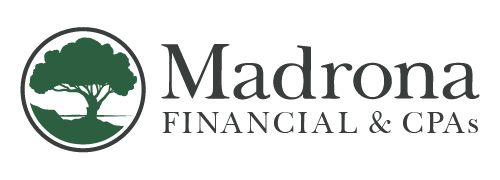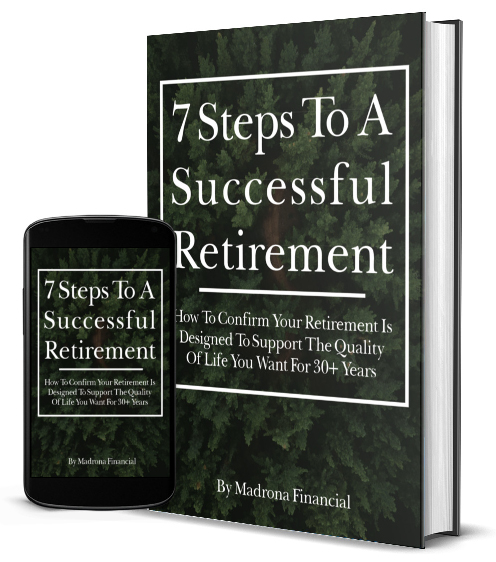
Let’s say a person just retired and consolidates her entire $1 million portfolio with a financial advisor. The advisor explains to her how a diversified portfolio of mutual funds is what she needs. She is invested on a Tuesday, and at market close the next day, she goes on-line to check her account. Even though there was no change in the market value that day, she sees that she has lost $57,000!
She quickly makes a trip to the advisor to figure out how this mistake happened. There was no mistake, the advisor explains, the mutual funds purchased were front-end load A class shares. She asks him, “Where did all that money go?” Then she answers her own question when she looks out in the parking lot and notices her advisor’s new Tesla with the license plate “A-SHARE.”
When you invest in a mutual fund, the fund will have five letters for symbols. Pay attention to the fourth letter. This is the one that tells you which fee schedule you will be charged. If the fourth letter is A, you may be paying a sales commission of over 5%, called a front-end load. A-class shares generally have lower annual fees than B- or C-class shares.
A “B” means you will be paying the sales fee when you sell, called a back-end load. This may seem like a good idea when you buy the fund, but I see one major problem here that becomes important when you are thinking of selling, or changing your investment strategy: rather than make a proper decision, many people may hold off selling the funds due to the pain of paying a fee.

C shares are called no load funds, but there is a catch here. Every mutual fund and ETF has an internal charge at differing percentages. Although those C shares do not have a sales fee, they have the highest internal fee of any share class.
To receive the lowest fees, you would look for I or Y shares. These are insitutional class or investor class shares. For most investors however, you have to have millions in that particular fund to qualify for this class. So how does a regular investor navigate this web of higher fee structures?
A financial advisor who is an RIA should be able to help. They cannot receive the loads or sales commissions because this is a conflict of interest. So instead of buying the C shares, they often buy the A shares with the load waived, and still get the lower internal fee.
This would have saved our friend $57,000. More successful RIAs may have enough invested in a fund to qualify for the investor class. In this case you are receiving the lowest possible internal fees on a no load platform.

